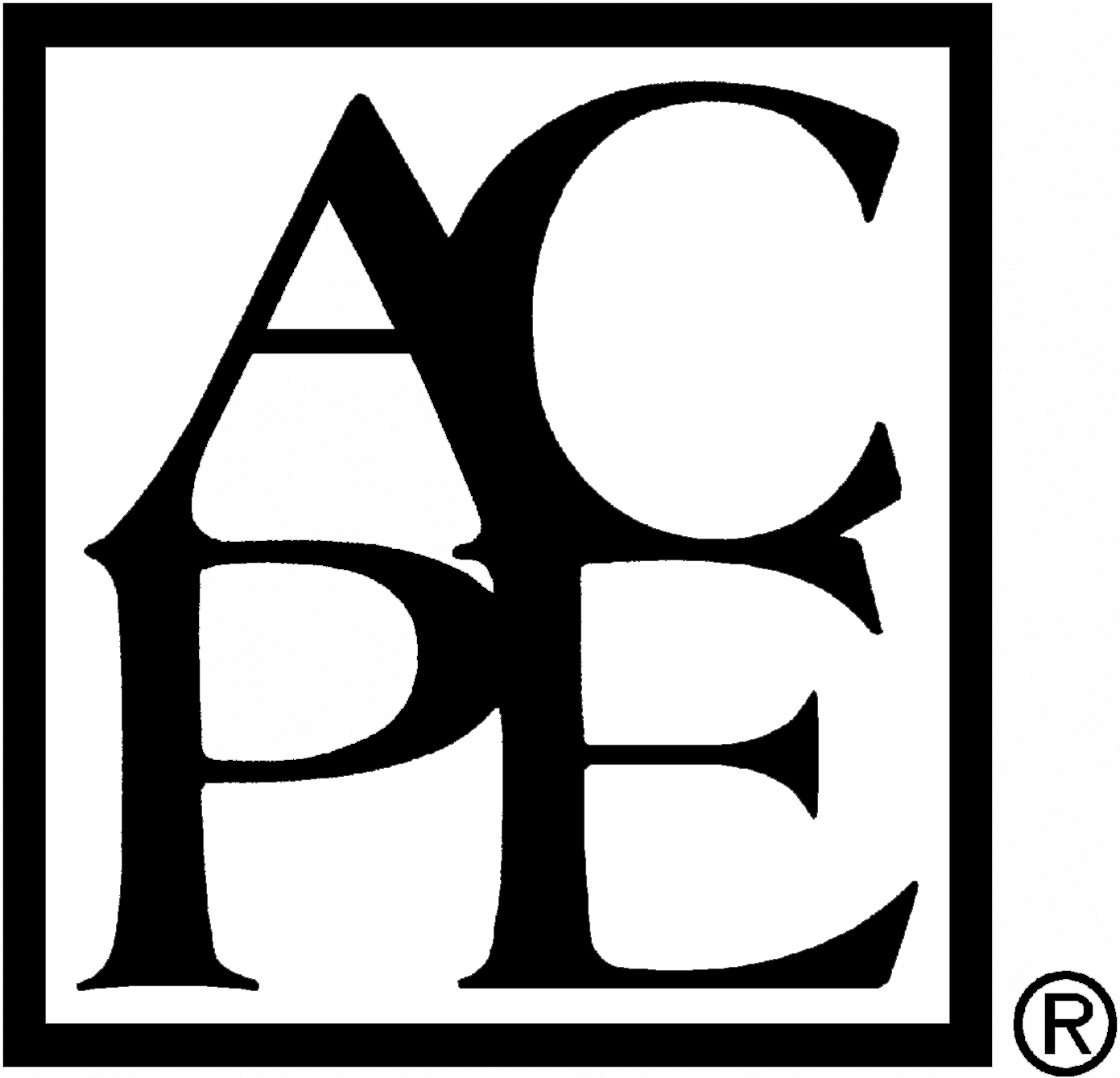
This CE activity was originally published in The Rx Consultant. If you received credit for it previously, you cannot receive credit for it again.
This issue will review the evidence supporting DOACs and their place in therapy for: 1) atrial fibrillation (AF); 2) the acute treatment and long-term secondary prevention of deep vein thrombosis (DVT) and pulmonary embolism (PE); and 3) DVT and PE prevention after major orthopedic surgery and in medically ill patients. The differences among DOACs will be highlighted (eg, side effect profiles, dosing considerations and drug interactions), and DOACs will be compared with warfarin for conditions where both are indicated. Bleeding management and the use of reversal agents will also be addressed.
For more than 50 years, vitamin K antagonists (VKAs) such as warfarin were the only oral anticoagulant options for patients with blood clotting disorders. In 2010, dabigatran (Pradaxa®) - a direct thrombin inhibitor - became the first approved agent from the next generation of oral anticoagulants. Over the next 7 years, 4 factor Xa inhibitor oral anticoagulants were FDA approved. These include rivaroxaban (Xarelto®), apixaban (Eliquis®), edoxaban (Savaysa™), and most recently, betrixaban (Bevyxxa®). Early on, this generation of oral anticoagulants was referred to as NOACs (Novel Oral AntiCoagulants). However, the Institute For Safe Medication Practices (ISMP) issued a safety alert because “NoAC” was interpreted as “no anticoagulation” in a patient at high risk of stroke. The ISMP designated “NoAC” a potentially dangerous abbreviation and discourages its use. Today, the acronym DOAC, for Direct-acting Oral AntiCoagulant, is the abbreviation most widely used to distinguish these medications from warfarin.
Fee
CE Hours
CE Units
Activity Type
- Knowledge
Target Audience(s)
- Pharmacy Technicians
Accreditation(s)
CE activities for Pharmacists and Pharmacy Technicians:
This continuing education (CE) activity meets the requirements of all state boards of pharmacy for approved continuing education hours. CE credit is automatically reported to CPE Monitor.
The American Nurses Credentialing Center (ANCC) for formally approved continuing education (CE) hours, and CE hours of pharmacotherapeutics.
The American Academy of Nurse Practitioners Certification Program (AANPCP) for acceptable, accredited CE.
- The ANCC requires all advanced practice nursing certificants (CNSs and NPs) to complete 25 CE hours of pharmacotherapeutics as a portion of the required 75 continuing education hours.
- Pharmacology CE is recommended by the AANPCP and will be required for Certificants renewing certification starting January 2017.
- Most State Boards of Nursing require a minimum number of pharmacy contact hours to renew an advanced practice license.

Requirements for CE Credit
Objectives
- List the generic and brand names for the five Direct-acting Oral Anticoagulants (DOACs) currently on the market. Identify 1 administration factor to consider with each medication.
- State 2 advantages DOACs have over warfarin. Identify common side effects of anticoagulants.
- For each DOAC, list FDA approved indications; discuss the appropriate dosing for each indication.
- List the DOAC reversal agents currently on the market. Recognize when the use of a reversal agent is indicated and when it is contraindicated.
Speaker(s)/Author(s)
|
Kristen Tasca, PharmD, BCPS
Brief Bio : Kristen Tasca, PharmD, BCPS is a Clinical Pharmacist at CedarsSinai Medical Center in Los Angeles, CA. She assists with the hospital anticoagulation program. Dr. Tasca has also served as a Clinical Pharmacy Specialist in the Cardiology department at University of North Carolina Hospitals, Chapel Hill, NC Disclosure : Dr. Tasca reports no financial relationship with the manufacturer(s) or provider(s) of any commercial product(s) or service(s) that appear in this issue. |
Activity Number
0428-0000-18-023-H01-T
